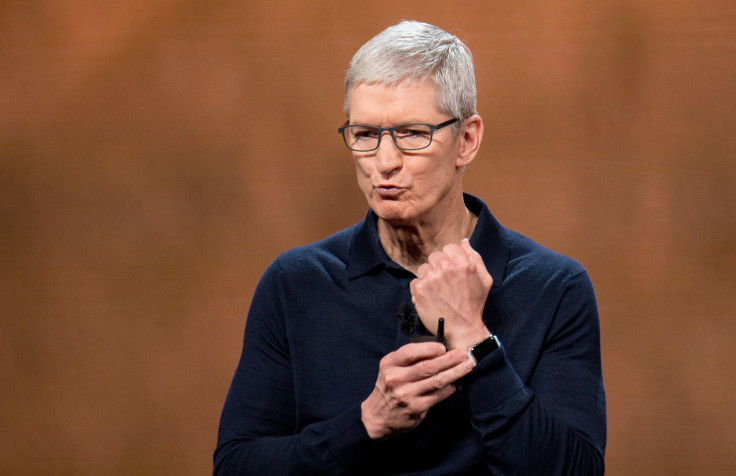IOS 13 Privacy Features Disappoint Advertisers And Marketers

KEY POINTS
- The iOS 13 update significantly cut the amount of user location data shared with apps
- It also raised awareness among users that they can opt-out from giving apps their precise location
- The positive result of the iOS 13 update seems to affect advertisers and marketers negatively
The iOS 13 updates of the Cupertino tech giant Apple have substantially cut the amount of user location data shared with apps, especially while they are not in use, according to Digiday. The pop-up informing users of apps that use data while not in use cuts opt-in rates from 100 percent down to below 50 percent. The new update not only reduced the figures but also provide awareness that users have a choice on the kind of data they want to share with apps, the report adds.
When Apple periodically rolls out iOS 13 updates, it introduced a couple of changes that promote users’ awareness of the issue. Apple allows devices to send pop-up notifications to remind users that they allowed this particular permission. It also provides the option to switch or not give access to the app.
Another is that through this, users now have the option of requiring apps to ask permission every time it wants to access location. Apart from the report from Digiday, Location Sciences also shares some interesting statistics about the iOS 13 update. The amount of background location data that marketers gather dropped by 68 percent since iOS 13 update was released says Locations Sciences.
Additionally, foreground data sharing, which happens when the app is in use, plummeted by 24 percent. Although none of these figures indicates that location tracking is gone, it is now starting to take its toll on advertisers. More users are now opting out in terms of sharing their precise location with apps.
It is already an indicator for marketers and advertisers to rethink their excessively invasive tracking. With the drop in users’ location data given to apps, targeted advertising is now affected. Marketers now have a lesser amount of data collected.
Havas Media, via iMore, reported the decline in the location data sales pitch. The Cupertino company was previously criticized following discoveries that the iOS 13 is still utilizing location services even if users already turned all possible options. Apple explained that it was due to the Ultra-Wideband technology found in the iPhone 11 series.
© Copyright IBTimes 2024. All rights reserved.






















